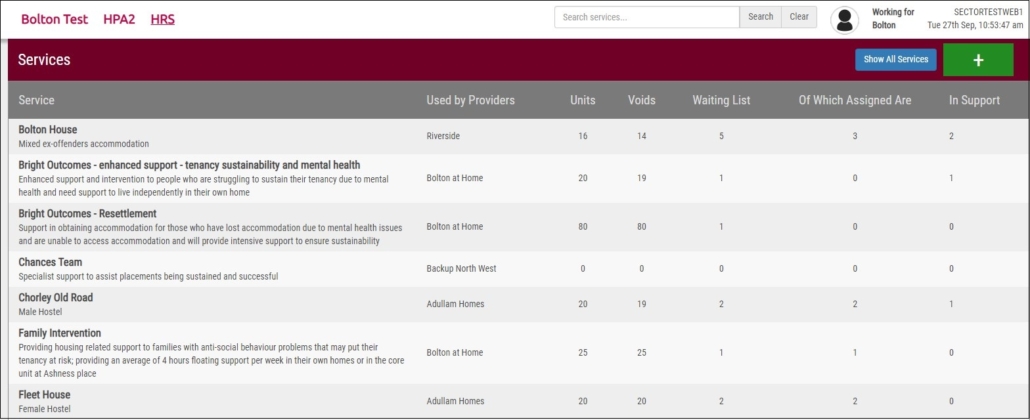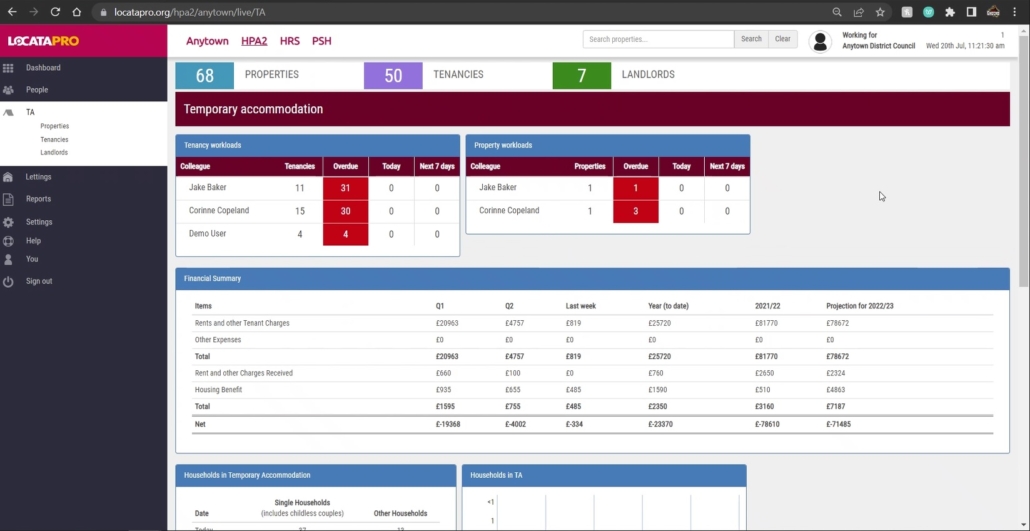Rent Caps – What are the Potential Impacts?
Richard Houghton Director Valuation Advisory – Affordable Housing JLL (richard.houghton@eu.jll.com)
After a long period of guessing and surmising what may unfold, the government finally provided some insight on their directive for rental policy, outlining three options for a social housing rent cap next year. It is certainly not the most welcome news for those pulling together business plans, but at least there is some visibility on what 2023 may hold. The juggling act of meeting operational requirements, high levels of service dependency and the continual pressure to invest in existing stock whilst delivering new developments presents a significant challenge on all fronts.
Over the next few weeks, the government is consulting with the sector on capping social rent rises at either 3%, 5% or 7%. Whilst this intervention aims to protect residents from the current storm of soaring inflation, conversely it removes some of the limited protection available to Registered Providers to counteract the rising service delivery costs. The rent settlement agreed in 2017 reinstated a period of rental growth stability following a period of rent cuts, allowing annual rental increases at a maximum of the consumer price index plus 1%, but with inflation sitting at 10% plus, this could potentially result in 11% rises on current rents.
With the cost of living crisis arguably felt most acutely by our social housing tenants, a delicate balancing act is required to address affordability, but at what cost?
The initial cap suggested by the government would come into effect from 1 April 2023 to 31 March 2024, but the consultation also seeks views on whether to set a limit for 2024-25. The consultation will close on 12 October 2022. Following the consultation, we understand firm direction will be announced later in the year, hopefully providing some time for landlords to factor this into their business plans for April 2023.
Here at JLL (Jones Lang LaSalle), we have been modelling shadow appraisals for some of our existing RP clients to assist with financial planning and stress testing to help inform their boardroom discussions.
When modelling the different rent caps, the assumed level of inflation and its projected impact on net income is fundamental to the outcomes and, to this end, we have adopted Citibank’s recent prediction of 18% UK inflation in early 2023, which we would hope models a very worst-case scenario. Despite some variances depending upon the age of stock, investment programmes and rent levels, our initial projections across mixed tenure social housing stock have generally returned similar results regardless of location. These results are summarised as follows:
Indicative Projected EUV-SH Values 1 April 2023
Assumed management cost increase 10%
Assumed repair and maintenance cost inflation: 18%
Impact on valuations compared with previous April 22 reporting.
| 3% Rent Cap | 5% Rent Cap | 7% Rent Cap |
| EUV-SH Apr 23 | EUV-SH Apr 23 | EUV-SH Apr 23 |
| -6.5 – 7.5% | -3.0 -3.5% | 0.5 – 1.00% |
Whilst we appreciate that such a high level of inflation combined with a rent cap would have a material impact on business plans, based on this analysis, we would suggest that on valuations at least, a rent settlement of between 6.5% and 7% may well mitigate the effect of a potentially high inflation figure of around 18%.
Although we at least have some details to start considering, as ever, there appear to be more questions than answers. However, the JLL team are keen to share views and provide assistance as the sector works through the impact of the rent caps and prepares its response to the consultation, so please do get in touch if you would like to discuss this further.





